Want more fruitful apple trees? Learn an effective way to train apple branches so that they produce more fruit in Read more
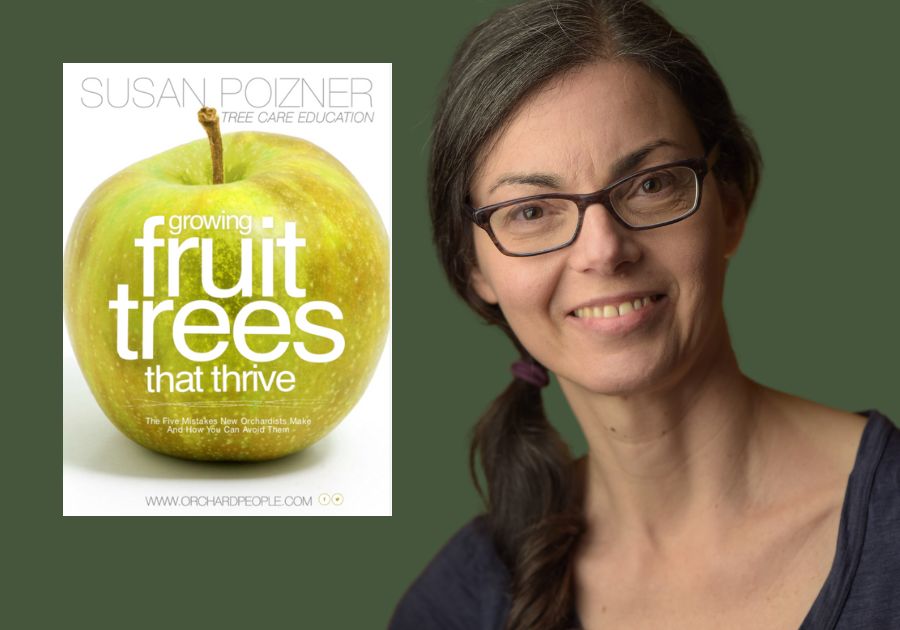
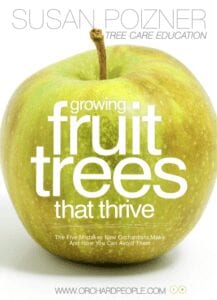
FRUIT TREE CARE NEWSLETTER
Stop Over-Fertilizing Your Fruit Trees: Tips for Thriving Trees
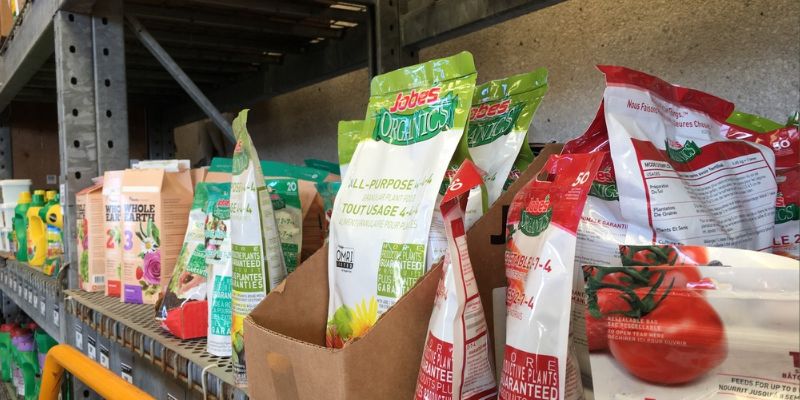
This happens so often: New growers buy a fruit tree for their yard, and they want to ensure that the tree grows to be strong and healthy. So, they start looking online for ways to feed it. There are so many options to choose from! Some are organic. Some are not. Many have different amounts of nitrogen, phosphorus, and potassium, which are nutrients that fruit trees need.
The new grower will choose one option and follow the application instructions on the fertilizer package. But, as time goes by, they may notice that their young tree is no longer thriving. Maybe the leaves are turning brown and curling up. Maybe it’s not producing much fruit. It would be natural for anyone to wonder what’s wrong.
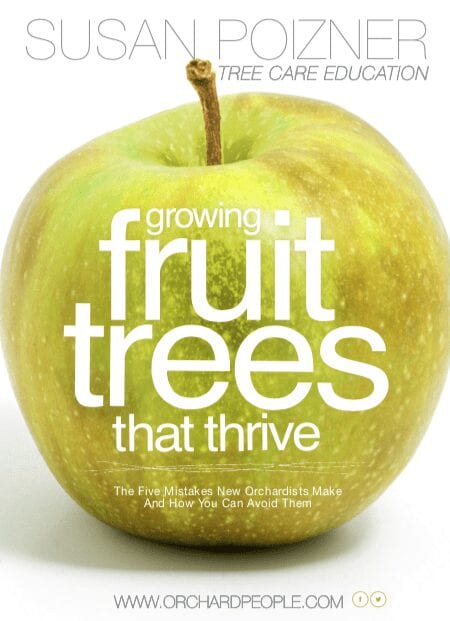
What few people realize is that those fertilizers are often doing more harm than good. And the worst part is that over-fertilizing doesn’t just damage the tree itself. Over-fertilizing can also irreversibly damage the soil, and the excess fertilizer will leach into the groundwater and flow into local bodies of water, polluting the environment and harming fish and other aquatic life.
So, how do you know if you have over-fertilized a fruit tree? How do you correct this problem? And what is the right way to feed your tree? That’s what we will explore in this article. So let’s dig in!
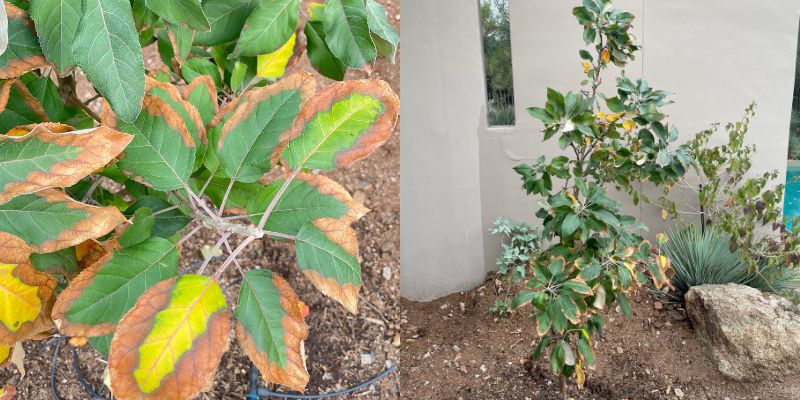
Symptoms of Over-Fertilization
Over-fertilization can manifest in several symptoms in fruit trees. Adding too much nitrogen, for example, can cause an explosion of leafy growth with no fruit. However, overloading the tree with other nutrients can create even more issues. The tree can become imbalanced, with one nutrient overpowering the others and preventing absorption. This can cause droopy leaves, leaf die back, or discoloration. Sometimes you will see evidence of over-fertilization if you see a white crust of fertilizer on the soil.
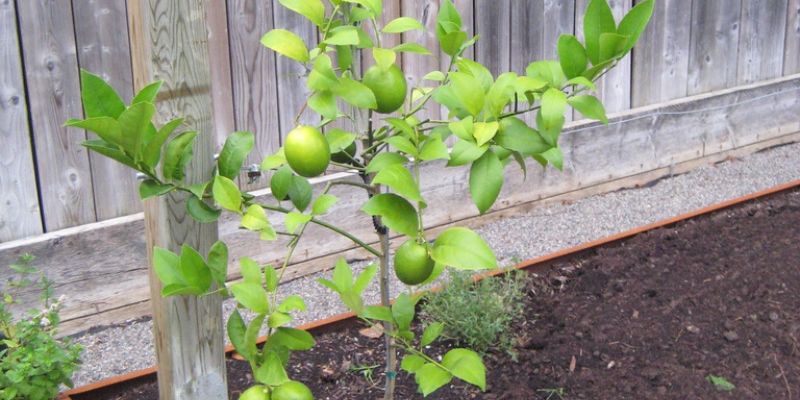
How to Avoid Over-Fertilization
To prevent over-fertilization, it's crucial to add only the nutrients that your soil needs. Before planting a fruit tree, it’s important to get a soil test, and they are not expensive. The results will help you understand what nutrients are in your soil and what you need to add to achieve a healthy balance.
Contact your local lab or extension service and follow their instructions on how to send in a soil sample. Be sure to tell them that you are growing fruit trees (and what specific trees you are growing) and ask them to make fertilizer recommendations so that you know exactly how much of any given fertilizer to add.
Don’t Fertilize a Newly Planted Tree
Make sure you add any fertilizer a few months before planting your tree. That allows time for the microorganisms in the soil to break down that fertilizer. Then, when you plant the tree, water it regularly but don’t add any more fertilizers for a full year in order to allow the tree to settle into its new environment.
On planting day, you can mix a small amount of compost into the planting hole, but not too much. You want the tree to adapt to the soil that you have. If you improve the soil in the planting hole too much, the tree’s roots will grow in the hole only and may not expand out into the native soil. So in essence, your tree might grow like it would be confined to a small pot – and that would not be a good thing.

Mulch Established Fruit Trees Every Year in the Spring
While it's crucial to avoid over-fertilizing your fruit trees, it's equally important to ensure that they receive the nutrients they need to thrive. One of the best ways to do this is to improve your soil naturally by mulching your established trees in the early spring.
This is the time of year when your fruit tree is super busy! It needs energy to blossom, unfurl leaves and form baby fruit. Early in the season it will use energy stored in its root system to power healthy growth. But what happens when that energy runs out?
So, in the early spring you can spread out a layer of nutrient rich mulch around your tree’s root system. Use compost or well-rotted manure or explore other mulch choices in this article called The Ultimate Guide to Fruit Tree Mulch.
It will take a few weeks for the mulch to break down, but by the time the summer arrives, the energy from the mulch will be available to your fruit trees and will help feed and support them throughout the rest of the growing season.

Instead of Commercial Fertilizers, Use Holistic Sprays on Your Fruit Trees
In addition to proper fertilization, using holistic sprays can be an effective way to boost the health and productivity of your fruit trees. Holistic sprays are made from natural ingredients like molasses, kelp, and milk, and their goal is to increase photosynthesis.
Unlike synthetic pesticides or fertilizers, holistic sprays are safe for both the environment and your fruit trees. They work by improving the overall health of the tree, which in turn will make the tree more resistant to pests and disease.
What to Do if You've Over-Fertilized Your Fruit Trees
If you are one of the well-meaning people who have already over-fertilized your fruit tree, don’t worry! It’s not too late! Here is what to do:
- First of all, stop using commercial fertilizers! They will just make the problem worse.
- Then, wash out any excess fertilizers by watering the tree slowly and deeply, ideally with a soaker hose. The goal here is to wash the nutrients away from the tree’s roots.
- Finally, submit a soil sample to your local lab or extension service and get your soil tested so that you know what nutrients your soil has and what nutrients it needs. If your soil is out of balance, the lab may recommend you add an amendment like gypsum, which can help bind excess nutrients and prevent them from leaching into the soil.
Final Thoughts on Fertilizers and Fruit trees
Fruit trees are so generous. And if they are healthy, they can provide us with a bountiful, organic harvest every year. But fruit trees need proper care to thrive.
So, instead of guessing what your fruit tree needs, it’s important to do your research. Remember that over-fertilization is a common problem that can lead to serious damage.
If you're experiencing challenges with the health or harvest of your fruit trees, consider your fertilization practices. By testing your soil and developing a thoughtful fertilization plan, you can provide your trees with the nutrients they need without any negative side effects. With a little attention and care, your fruit trees can produce healthy, delicious fruit for years to come.
Learn more about how to care for fruit trees by signing up for my monthly newsletter. Or you can register for on of my online courses in fruit tree care.
Enjoy your fruit trees!

Susan Poizner
Learn more about Susan on the about us page.





